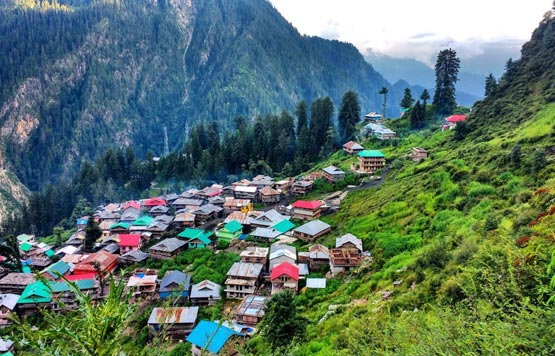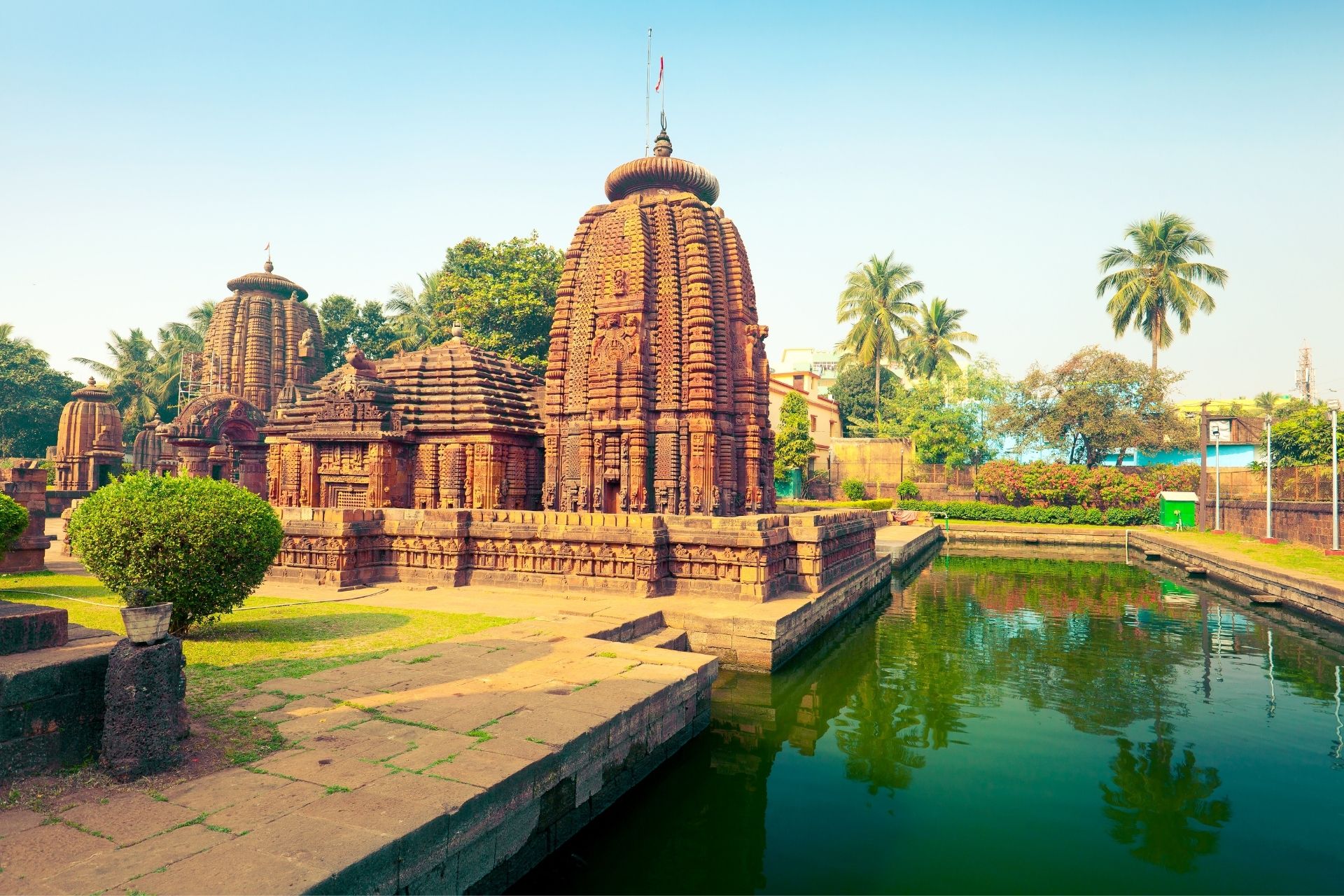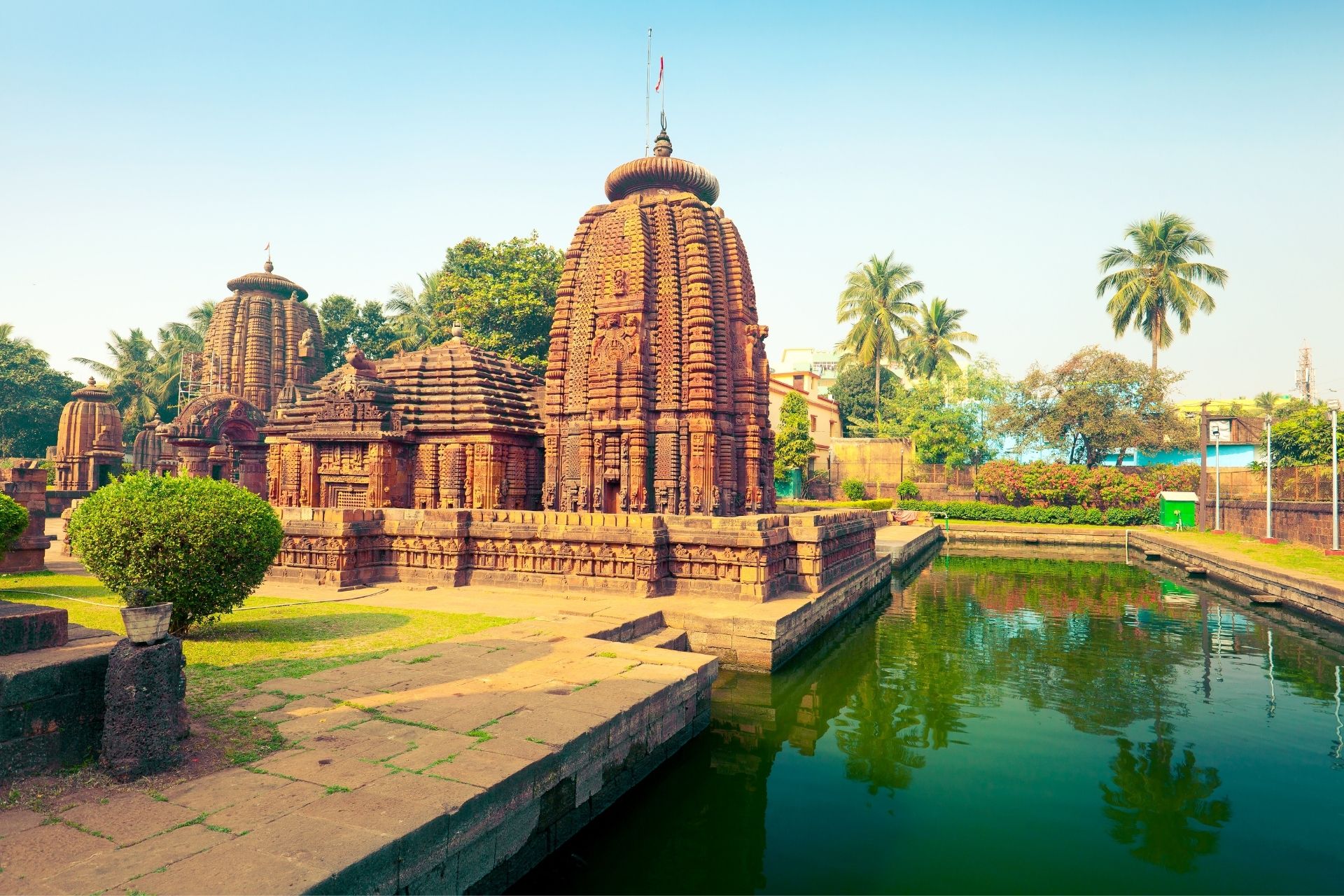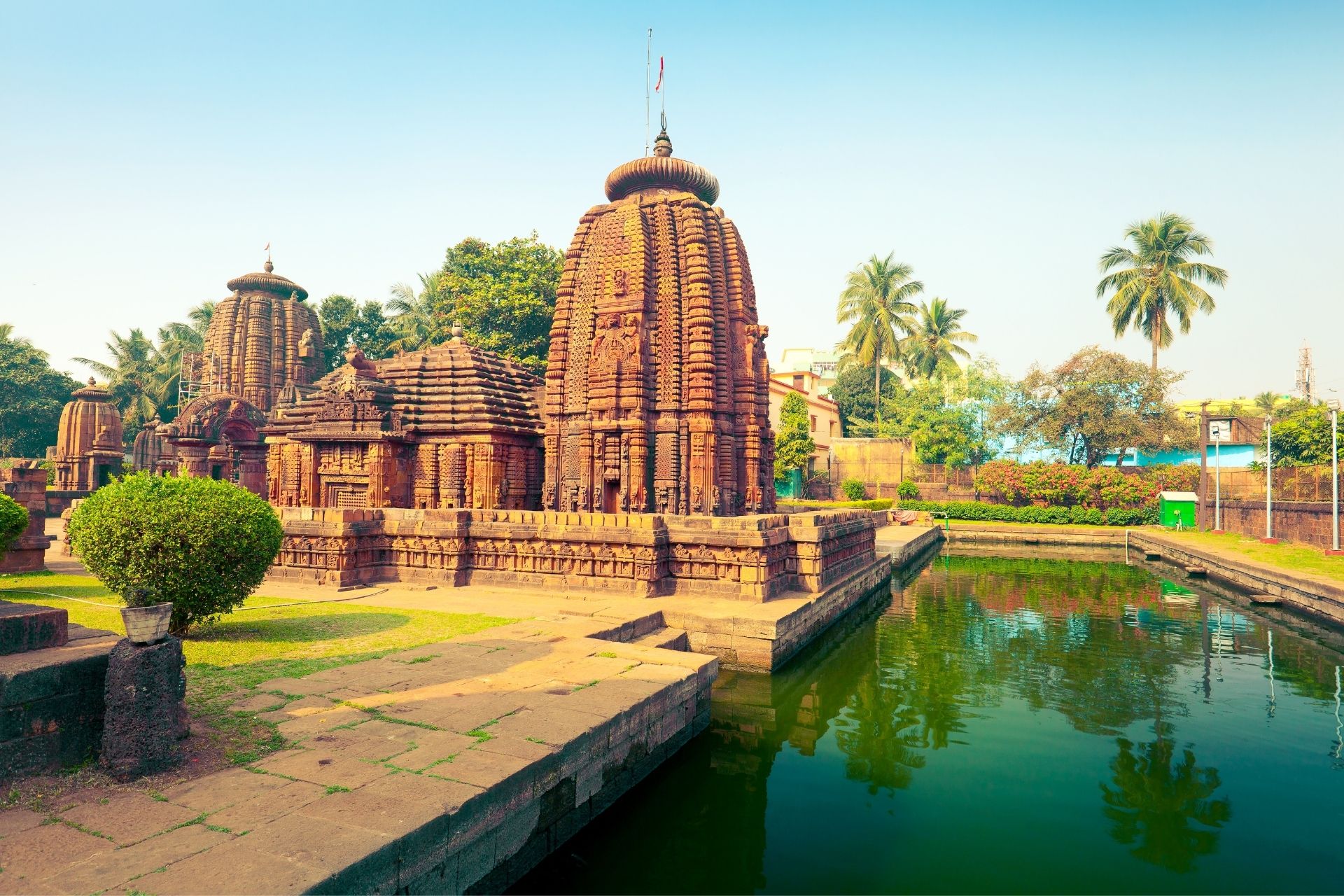Kalighat Temple History: A Sacred Landmark in Kolkata
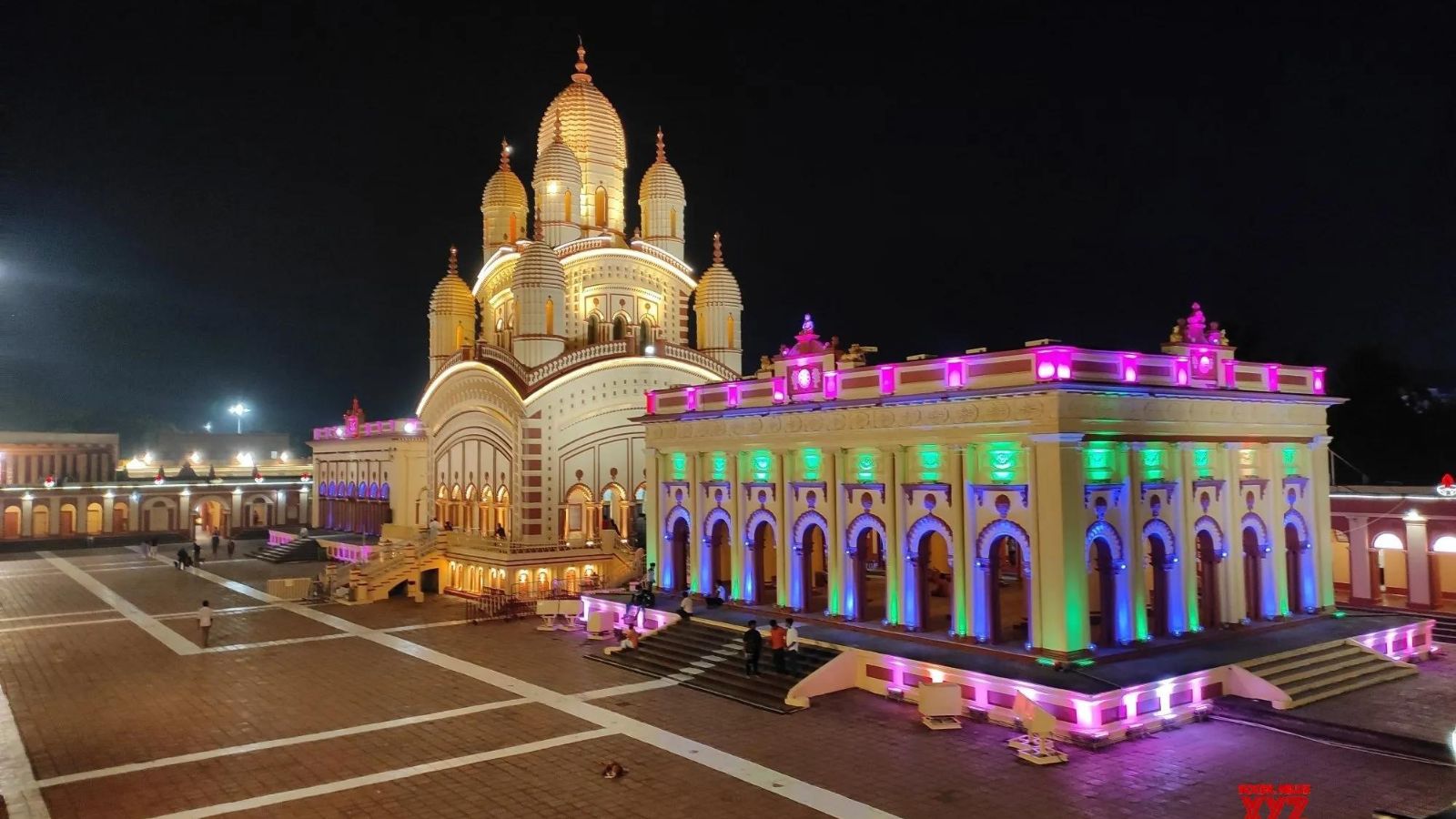
Strong8k brings an ultra-HD IPTV experience to your living room and your pocket.
The Kalighat Temple, located in the heart of Kolkata, is one of the most revered and historically significant temples in India. Dedicated to Goddess Kali, the temple has a deep-rooted history that intertwines with the cultural and religious fabric of Kolkata. This ancient temple is considered one of the 51 Shakti Peethas in India, making it a prominent pilgrimage destination for Hindus, particularly those who follow the worship of Shakti or the divine feminine.
Historical Origins of Kalighat Temple
The Kalighat Temple history dates back to ancient times, with its origins shrouded in legend and mystery. According to popular belief, the temple marks the place where the toe of Sati’s right foot (part of the goddess’s body) fell, when Lord Shiva, in his grief and anger, carried her corpse and wandered the world after her self-immolation. This event is said to have occurred at a time when Daksha, Sati’s father, performed a yajna (sacrificial fire ritual) to which he did not invite Lord Shiva. Sati, unable to bear the insult, immolated herself in the sacrificial fire, leading to the iconic moment of Shiva’s wanderings. It is believed that parts of her body fell at various locations, and the Kalighat Temple is one of the spots where her foot is said to have fallen. Hence, the temple is not just dedicated to Kali but also symbolizes the Shakti Peetha, a holy place for worshipping the divine feminine.
While the origins of the temple are rooted in mythological stories, it is certain that the temple itself has been a place of worship for centuries. Historical records indicate that the present structure of the Kalighat Temple was built in the 18th century, though the site has been a center of worship since ancient times. The first recorded mention of Kalighat in Bengal's history can be traced to the early 16th century.
The Temple's Transformation Over Time
Over the centuries, the Kalighat Temple underwent several reconstructions and expansions. The original temple structure is believed to have been constructed by local residents and patrons, including notable figures from the region’s royal families. The current temple complex that stands today is a result of multiple renovations, with the most notable being the 18th-century efforts by Maharaja Manindra Chandra Nandy, a prominent figure in the region's history. During his rule, the temple was renovated, and it was during this period that many of its key features, such as the wooden pillars and shikhara (spire), were added to the existing structure.
The temple’s architecture combines traditional Bengali temple styles, with intricate carvings and a distinct multi-tiered spire. It features an open courtyard and is surrounded by smaller shrines dedicated to other deities. The temple's main sanctum houses an image of Goddess Kali, which is made of black stone and adorned with gold jewelry. The deity is depicted in a fierce form, with her tongue sticking out and her posture symbolic of divine power and the destruction of evil.
Religious Significance and Pilgrimage
As one of the major Shakti Peethas, the Kalighat Temple holds immense religious significance for Hindus, particularly followers of the Shaktism tradition. It is considered one of the holiest sites for devotees of Goddess Kali, and people travel from far and wide to seek blessings and offer prayers. Devotees believe that worshipping at Kalighat brings spiritual and material fulfillment, and it is considered particularly auspicious for seeking protection from evil forces, overcoming obstacles, and attaining liberation.
The temple is also associated with several annual festivals, the most significant being Kali Puja, which is celebrated with great fervor during the new moon night of Kartika (October-November). The temple sees a massive influx of devotees during Kali Puja, with rituals and prayers continuing throughout the night. The Durga Puja festival, which is celebrated widely across Kolkata, also sees large crowds visiting the Kalighat Temple to offer their prayers to Goddess Kali.
Another major religious event is the Chaitra Sankranti, a festival held in the month of Chaitra (March-April), during which thousands of pilgrims from across the country visit the temple to pay their respects to the goddess.
Cultural Impact of Kalighat Temple
The Kalighat Temple has been a key player in the cultural landscape of Kolkata and the Bengali community. It is not only a place of religious worship but also a site of social gathering and cultural expression. The temple has inspired many artists, poets, and musicians throughout the years. One of the most famous cultural traditions associated with the temple is the Kalighat Paintings, a form of traditional Bengali art that originated in the 19th century. These paintings often depicted scenes from the temple, the goddess Kali, and other mythological and religious themes.
The temple’s role as a cultural hub has also been influential in the development of Bengali religious and social life. Over the years, Kalighat has witnessed numerous social reforms, with the temple becoming a site of dialogue between the religious and reformist movements of Bengal.
Kalighat Temple Today
Today, Kalighat Temple remains a central part of Kolkata’s identity. It is a place of continuous religious activity and an essential part of Kolkata’s urban landscape. The temple attracts millions of devotees every year, particularly during Durga Puja and Kali Puja, making it one of the most visited temples in India. Despite being a highly revered spiritual site, the temple has managed to retain a level of serenity and spirituality amidst the bustling city of Kolkata.
The temple complex is maintained and administered by the Kalighat Temple Trust, which manages the day-to-day operations, including the offering of prayers, rituals, and maintenance of the temple’s sanctity. The surrounding areas of the temple are bustling with life, with shops selling religious items, flowers, and offerings to the goddess. Pilgrims from various regions gather in large numbers to perform rituals and seek blessings from Goddess Kali.
Conclusion
The Kalighat Temple is not just an important religious site but also a vital cultural and historical landmark in Kolkata. From its mythological origins to its evolution over the centuries, the temple continues to hold a special place in the hearts of countless devotees and tourists. Whether one visits for religious purposes, to experience Kolkata’s spiritual heritage, or simply to admire the intricate architecture, the Kalighat Temple offers a rich and fulfilling experience that connects the past with the present.
As a symbol of Kolkata’s deep-rooted traditions, faith, and cultural heritage, Kalighat Temple will continue to be an enduring testament to the power of devotion and the spiritual vibrance of the city.
Note: IndiBlogHub features both user-submitted and editorial content. We do not verify third-party contributions. Read our Disclaimer and Privacy Policyfor details.



